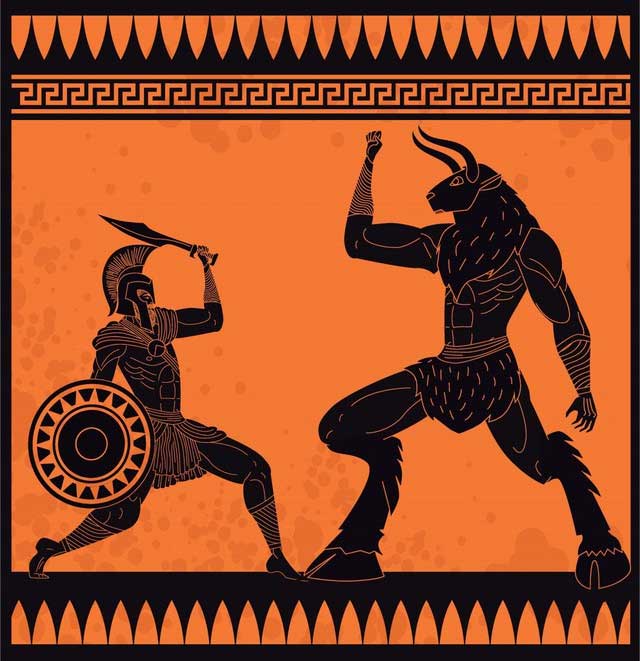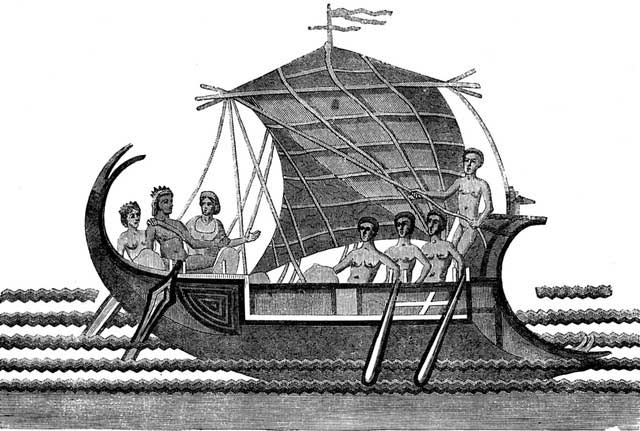The Paradox of Theseus’ Ship is a philosophical paradox that questions the identity of an object.
What is Your Identity?
Is it your name? The way you look? The way you speak or your unique hand gestures?
In many cultures, “last names” indicate a person’s role within society or their family’s profession (often in the past). Names like Baker, Archer, or Weaver are common in English-speaking regions of the West. In Indian culture, “last names” are also used to denote a person’s caste.
Beyond names, our faces and appearances also convey our identities. An interestingly shaped nose or wild, unruly hair can become a person’s identifying feature. There are many famous individuals in the world solely due to their appearances.

People look different, which makes them distinct from one another.
According to scientists, the human body replaces 330 billion cells every day. This means that every minute, approximately 229,166,667 new cells are formed in your body. At this rate, in 100 days, you would be almost entirely new!
So, are you the same person you were a hundred days ago?
Cosmetic surgery can help change your appearance. In some cases, these changes are so significant that we might not recognize the person. Although they look different, are they still the same person?

Cells actively divide to form new cells.
In many cultures, after marriage, one person (usually the wife) takes the surname of the other (usually the husband). Can people still be considered the same individuals after changing their names?
If your answers to all or most of the questions above are ‘yes’, then we must ask… why? Why are they still the same person? We use names and faces to identify people, so when their names or faces change, do they also change? You might disagree and say that their face and name may have changed, but their personality remains intact. My cells may be brand new, but I still act, think, and feel the same.
Thus, the question “What am I/it?” is at the heart of Theseus’ Ship paradox.
The Ship of Theseus
Theseus is the son of King Aegeus. The king lost a battle against King Minos and owed him a substantial debt. Subsequently, King Aegeus sent a group of 7 boys and 7 girls to explore the labyrinth housing the Minotaur, a fierce beast.
Theseus volunteered to be one of the 7 boys. They had to sail to Crete. King Aegeus was heartbroken at the thought of his son possibly sacrificing himself, but Theseus reassured him that if he survived, the ship would have white sails. If he died, the sails would remain black.

However, after returning from the labyrinth, although he survived, Theseus forgot to change the color of the sails. The king, upon seeing the ship with black sails, jumped off a cliff.
The ship, famously known as “Theseus’ Ship”, is preserved in a museum in Athens as a reminder of Theseus’ bravery and intelligence, as well as the tragedy of King Aegeus.
The Paradox
Plutarch was one of the first philosophers to present this paradox. If the ship begins to rot, parts will need to be replaced. If all the original parts of the ship are eventually replaced, is it still the same ship that Theseus used to navigate to the labyrinth? If every part of an object is replaced over time, when does that object cease to be its original essence?

Illustration of Theseus’ Ship.
This question has been further modified by the English philosopher Thomas Hobbes. If the original parts of the ship are then gathered and reassembled to look exactly like the original ship, which ship would be considered Theseus’ original ship?
Perhaps we need to consider this using bridge theory. The theory states that if A=B and B=C, then A=C. In this case, A is the original ship that Theseus used to travel to the labyrinth, B is the ship that was repaired over time, and C is the ship that was reassembled. Therefore, all ships possess a unique identity. However, this makes no sense because the two ships—one repaired over time and one reassembled—are distinct.
According to Aristotle, the elements that make up an object include its form, the material it is made of, and its purpose. Therefore, the original ship would retain its original essence, as its shape does not change, regardless of what materials it is made from.
However, this statement has been intensely debated by many philosophers.
Thus, to this day, this paradox remains without a clear answer.




















































